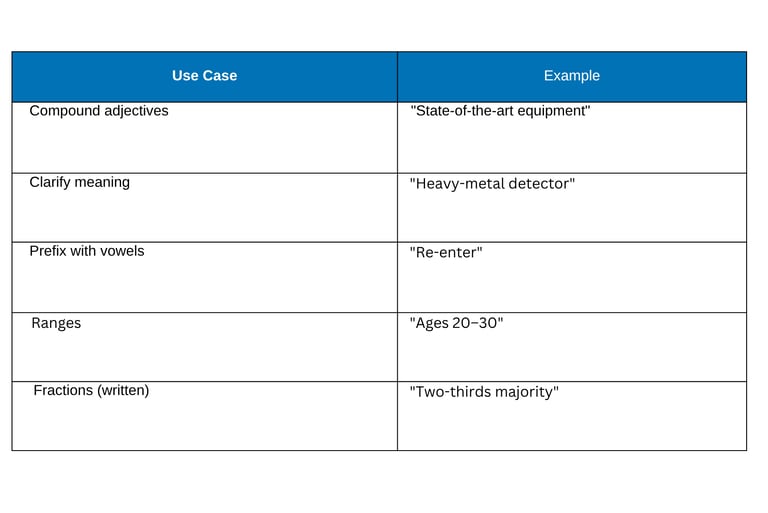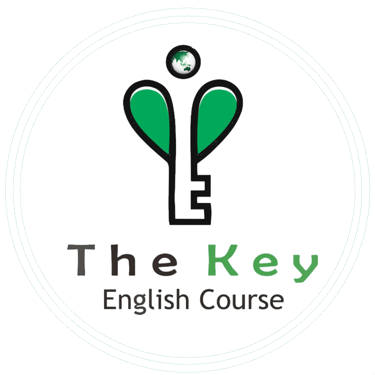Bahasa Inggris? The Key dong ...
How to Use Hyphen (-) and Em-Dash (—)
5/3/20252 min read
The hyphen (-) has specific rules for its usage in English. It is mainly used to link words or parts of words together, and its proper application can enhance clarity and precision in writing. Here’s how to use it correctly:
1. Compound Words
Hyphens link two or more words that function as a single concept, particularly when modifying a noun.
Adjective-Noun Combinations:
"Well-written essay"
"High-quality service"
Rule: If the compound adjective comes before the noun, use a hyphen. If it comes after, typically, no hyphen is needed (e.g., "The essay is well written").
Compound Nouns:
"Mother-in-law"
"Self-esteem"
2. Avoiding Ambiguity
Hyphens clarify meaning when a phrase could otherwise be misinterpreted.
Example:
"Small business owner" (an owner of a small business) vs. "Small-business owner" (someone who owns a business in the small-business category).
3. Prefixes and Suffixes
Hyphens are used with certain prefixes or suffixes to avoid confusion or when combining two vowels.
Examples:
Prefixes: "Re-evaluate," "Co-owner," "Anti-inflammatory"
Suffixes: "Brother-in-law"
4. Numerical Ranges
Hyphens link numbers or dates when indicating a range.
Examples:
"The event runs 10–12 November."
"Children aged 5–7 are eligible."
5. Compound Numbers and Fractions
Hyphens are used in compound numbers and fractions when written in words.
Examples:
"Twenty-one"
"Three-quarters"
6. Compound Words in Names
Used in some names and titles.
Examples:
"Jean-Luc Picard"
"Mary-Kate Olsen"
7. Modifiers with Nouns
Hyphens are common with compound adjectives before a noun.
Examples:
"A two-story building"
"A fast-moving train"
8. When Not to Use a Hyphen
Do not use hyphens with adverbs ending in -ly followed by adjectives.
Correct: "A highly qualified teacher" (no hyphen).
Incorrect: "A highly-qualified teacher."
Summary Table:


What about here?
The line graph illustrates the consumption of three types of fast food—hamburgers, fish and chips, and pizza—in Britain, measured in grams, from 1970 to 1990.
This sentence uses an em dash (—). However, an em dash is not interchangeable with a hyphen. Let me clarify:
Usage of the Em Dash (—) in Your Sentence:
The em dash is used to set off a list or explanatory information for emphasis. It works well in your sentence to emphasize the types of fast food.
Correct Usage:
Your sentence: The line graph illustrates the consumption of three types of fast food—hamburgers, fish and chips, and pizza—in Britain, measured in grams, from 1970 to 1990.
The em dash here replaces parentheses or commas for a stronger visual break, making the list stand out.
Hyphen (-) vs. Em Dash (—):
A hyphen connects closely related words, while an em dash introduces or emphasizes additional information.
Hyphen example: Fast-food consumption increased.
Em dash example: Three types of fast food—hamburgers, fish and chips, and pizza—are analyzed.
Empowering learners through inclusive English education
© 2025. The Key. All right reserved.
